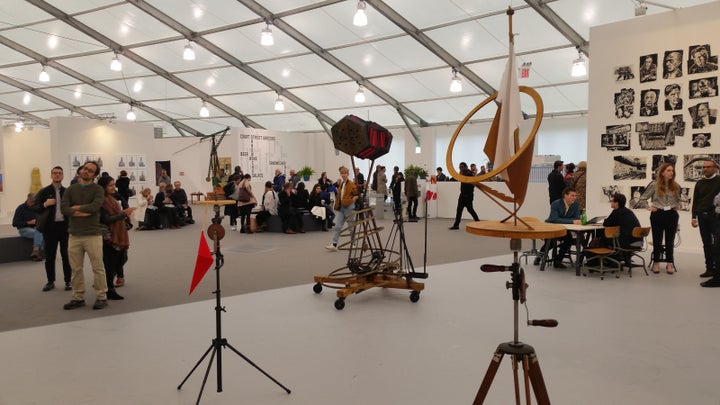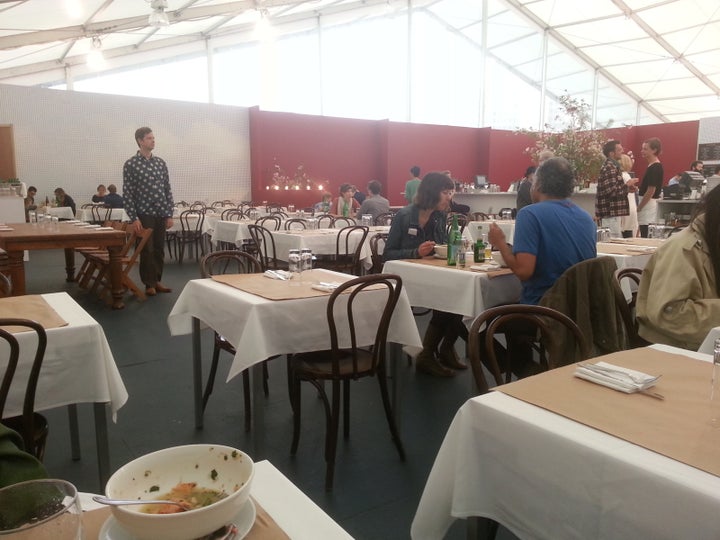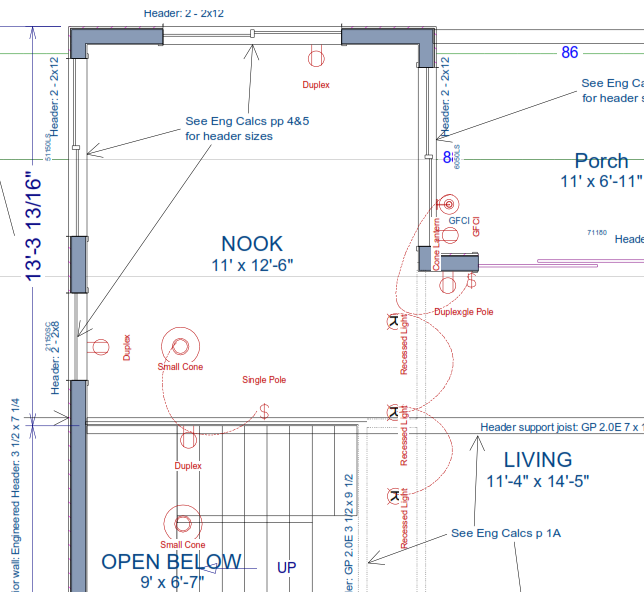An amazing amount of discussion about software is governed by metaphors. This is not surprising, since software is so abstract, and invisible to most people. So a shared physical metaphor helps everyone communicate.
The trouble comes when the metaphor doesn't match with the reality of software, as it often doesn't. In those cases, what usually seems to happen is that what everyone understands about the metaphor is assumed to be true of the software. Bad things then happen.
One of the most common metaphors for software is a physical building. Buildings normally have architectural plans that are determined before ground is broken, with the architect being in charge. Then some digging happens and a foundation is created. From then on the framing is built, the electrical and mechanicals are installed, and the finishes are applied inside and out. Now the building is ready for use. Something everyone can understand, right? It makes sense that in software we also have architects, carefully planned and laid foundations, workers who fill things out according to plan, and finally finishes applied.
Software is usually built according to the physical building metaphor. Things like Agile methodology don't change things very much -- they just mean that instead of a complete plan of everything from the beginning, things happen in phases. The physical building metaphor for software is unacknowledged, unchallenged ... and pernicious. Ignoring the metaphor is one of the main things that smart software people who follow Wartime Software practices do to beat the competition and win.
Temporary physical buildings
When we think of software in terms of the building metaphor, we nearly always think of "permanent" buildings, ones with poured foundations and all the rest. Of course, you darned well better have it all planned out right -- altering a foundation is no easy job!
What about the technology used to build temporary buildings? These aren't just tents for camping; some of them are extensive. A great example is the Frieze Art Fair, an international art fair held in NYC every year. It's huge; over 200 galleries exhibited last year. Here is a view of the extensive building from the air:

Here's a view of part of the exhibition area on the inside:

There were even a couple of restaurants:

All this was assembled in under a week, used for the time of the fair, and then torn down and carted away. No poured foundations. No big deal!
Architectural programs
Architects use software to do their work today. There are varying levels of programs they can use. I used a semi-professional one to design a house. The program was amazing. It helped me with everything. Here's part of a drawing from my project:

See the steps in the lower left? The software made it easy. I didn't draw every step. There was a staircase module which did most of the work for me. Same thing with roofs, walls, windows, doors, appliances and pretty much everything. At any time, it could generate a list of the building materials required.
In the physical world, I would need those building materials. But what if I were designing a building that existed only in a virtual reality world? I wouldn't have to go farther than the design -- the design itself is all that would be needed! Now let's turn to software. Suppose I'm designing a UI and I want a footer on every page, and a logo on the top right corner. If I'm reasonably competent with software, I don't have to count the pages and place the logo and footer as many times as there are pages -- I do it once, in a page master!
In the plans for the physical house, while it's easy for me to pop 10 identical windows into the drawing, when it gets built, someone has to build and install 10 physical windows. In the software world, the realization is done by more software. In the physical world, if I want a change to all 10 windows after they're installed ... ugh! Go back to all 10 and re-do them. In software world, I go to the footer or logo definition, change what I want, and boom! It's done!
Yes, you can design software that doesn't work this way. Yes, all too many people do it the wrong way. They're stupid. What's important is that software can be designed the smart way, and it's not hard, so often enough, it is.
The building metaphor
So what does this mean? A couple things.
Using the building metaphor encourages software to be built the wrong way. It encourages people to think about it inappropriately. The smarter you are in building software, the farther away from the physical building metaphor you get. The metaphor even gets you to think about roles badly -- the "architect" is someone who does lots of planning but no real work. Lots of workers are needed to build, workers who follow exact instructions. Then checkers who walk around with the plans making sure the workers did their job. All of this is counter-productive! It leads to bad process and bad software.
Let's knock the building metaphor down, bury it and move on.
